Red Faction Demo Analysis
We managed to sneak onto the multiplayer beta for this many, many moons ago and weren’t hugely impressed, but the single-player demo THQ has released obviously features far more modern code and is vastly more entertaining. Although the sampler is woefully short (just three objectives to complete), we had a good time with this game mostly by experimenting with the superb physics engine. The level of destruction is simply incredible. If you’re not impressed by the scripted destruction sequences in the likes of Battlefield: Bad Company, you’ve got to check this out. Place sticky-bombs on the stilts holding up buildings on the mountainside and watch the carnage when you hit the detonater. It’s like Lethal Weapon 2 without the 4×4. Virtually anything can be blown up… except the landscape - just about the only criticism you can level at the destruction-engine in this game. Onto the tech analysis of the PS3 and 360 code then. First of all, overall impressions. Yes, there are differences, but they are mostly subtle and it is interesting to note that both games have their strengths and weaknesses. By and large though, nobody will be disappointed, regardless of their hardware.

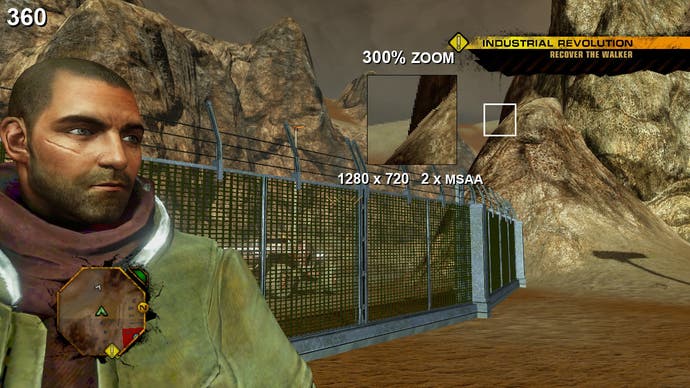

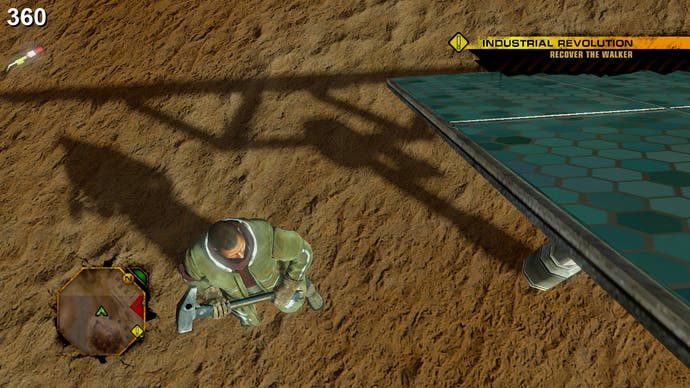
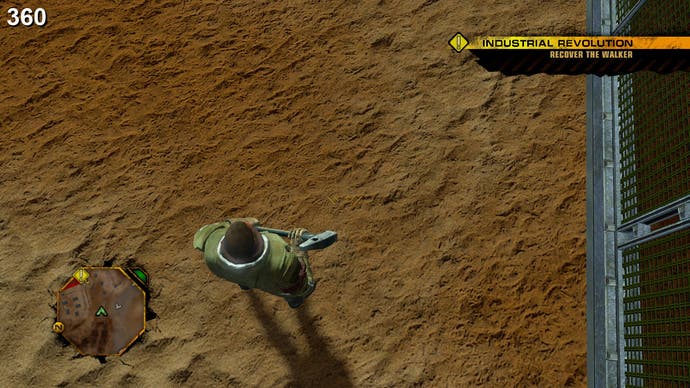
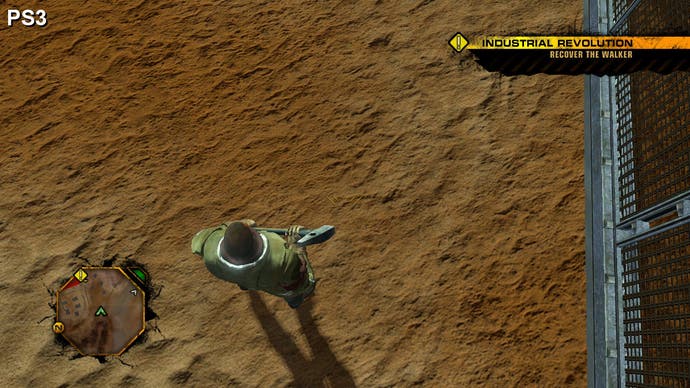
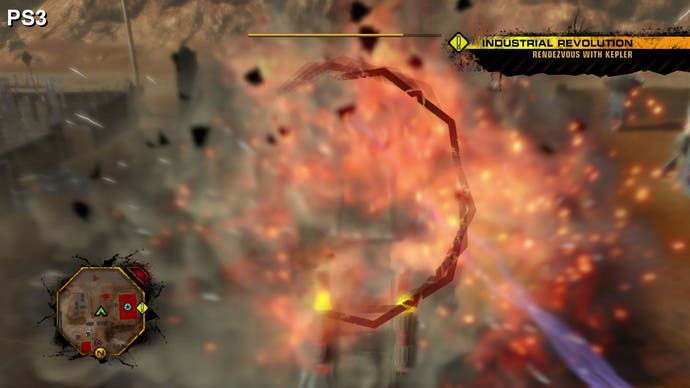
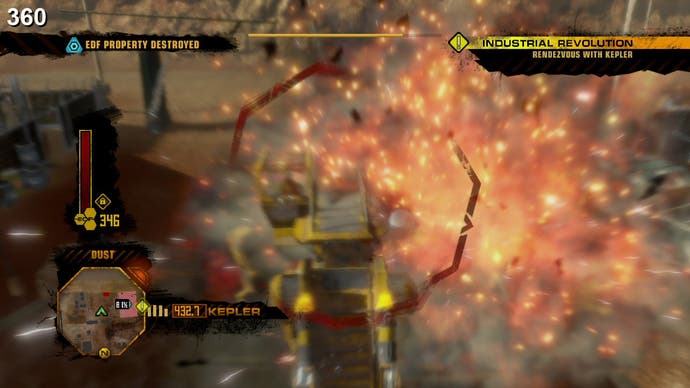
So, aside from the gamma shift (which you can adjust) it’s what you might call even-stevens; which version you prefer will most likely come down to how much you can tolerate ‘teh jaggies’. But the bottom line is that Volition have done good work here, levering the strengths of each platform. Where we are not impressed is in the omission of v-sync from both versions of the game. It tears. In fact, virtually every other frame is torn and that can hit image quality badly. It’s mostly noticeable in explosions and fast left-right pans (ie, spinning your character around), and it can look dog-rough.
But performance cross-platform looks consistent. Here’s a frame rate analysis from excerpts of the demo. We’ve left out our usual torn frame indicator because there were so many - between 45% to 50% torn frames in our tests, and we’d like to have the graph readable!
We’ve never been big fans of the Red Faction games, and while this demo is tiny, and tears badly, we still like what we’ve seen here. It’s got potential. Tons of it. Similar to Crackdown, we can see people spending hours with this game just pushing the engine to its limits. And certainly based on the sampler, it’s going to be a release that stands up on the merits of the gameplay as opposed to the quality of the conversion work.

